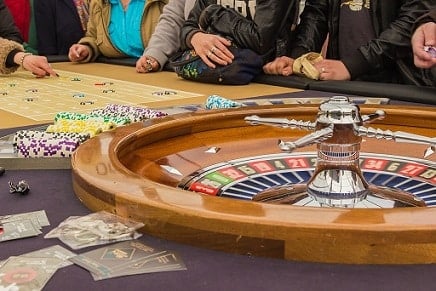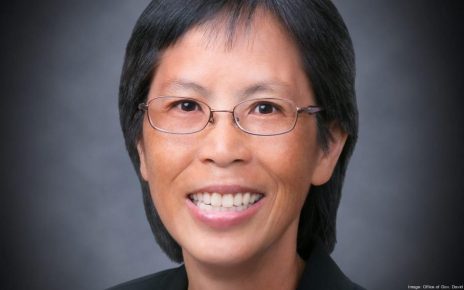The central government of Osaka approved a plan on Friday that will see the first casino open on Yumeshima island by the end of 2029.
The joint plan submitted by the city of Osaka and Osaka Prefecture 13 years ago will witness the PM award the casino gambling license for the US$8 billion project. Both MGM Resorts and Orix have a 40% stake in the casino. The remaining 20% is jointly owned by Panasonic Holdings, West Japan Railway, and Kansai Electric Power Co.
The resort will be located in the port city of Osaka on the artificial island of Yumeshima near the mouth of the Yodo River. Upon completion of landfill for the island, Yumeshima will consist of 960 acres of land and in addition to the casino project, will host the world’s fair Expo 2025.
The casino complex will include hotels, an international convention center, exhibition facilities, a theatre, restaurants, and shops as well as the casino which will occupy 3% of the total resort. It is anticipated that 20 million people will visit the resort annually of which 6 million are likely to be international visitors. Gambling revenue is expected to be over US$3 billion per year, with total resort sales forecast to be close to US$4 billion.
Concerns
A survey conducted by the government in 2021 revealed that around 2.8 million people have a gambling addition in Japan. The country has publicly run racing of horses, motorcycles, speedboats, and bicycles in addition to a pinball-type game called pachinko available to play in around 7,600 parlors within Japan.
While there is some concern about a potential rise in addiction to gambling, supporters of the casino said strict rules for entering the casino should help to abate this possible problem. According to Osaka Governor Hirofumi Yoshimura, individuals will not be allowed to enter the casino if their family makes that request. Also, passports and My Number ID cards will be needed to enter along with a US$45 entry fee for Japanese and foreign residents; it does not apply to international visitors.
The location of the casino also created concerns over earthquakes in the area. To satisfy those worries, the city of Osaka spent US$588 million in order to conduct a geological survey and replace the soil, along with other pre-construction measures to mitigate potential earthquake destruction.





